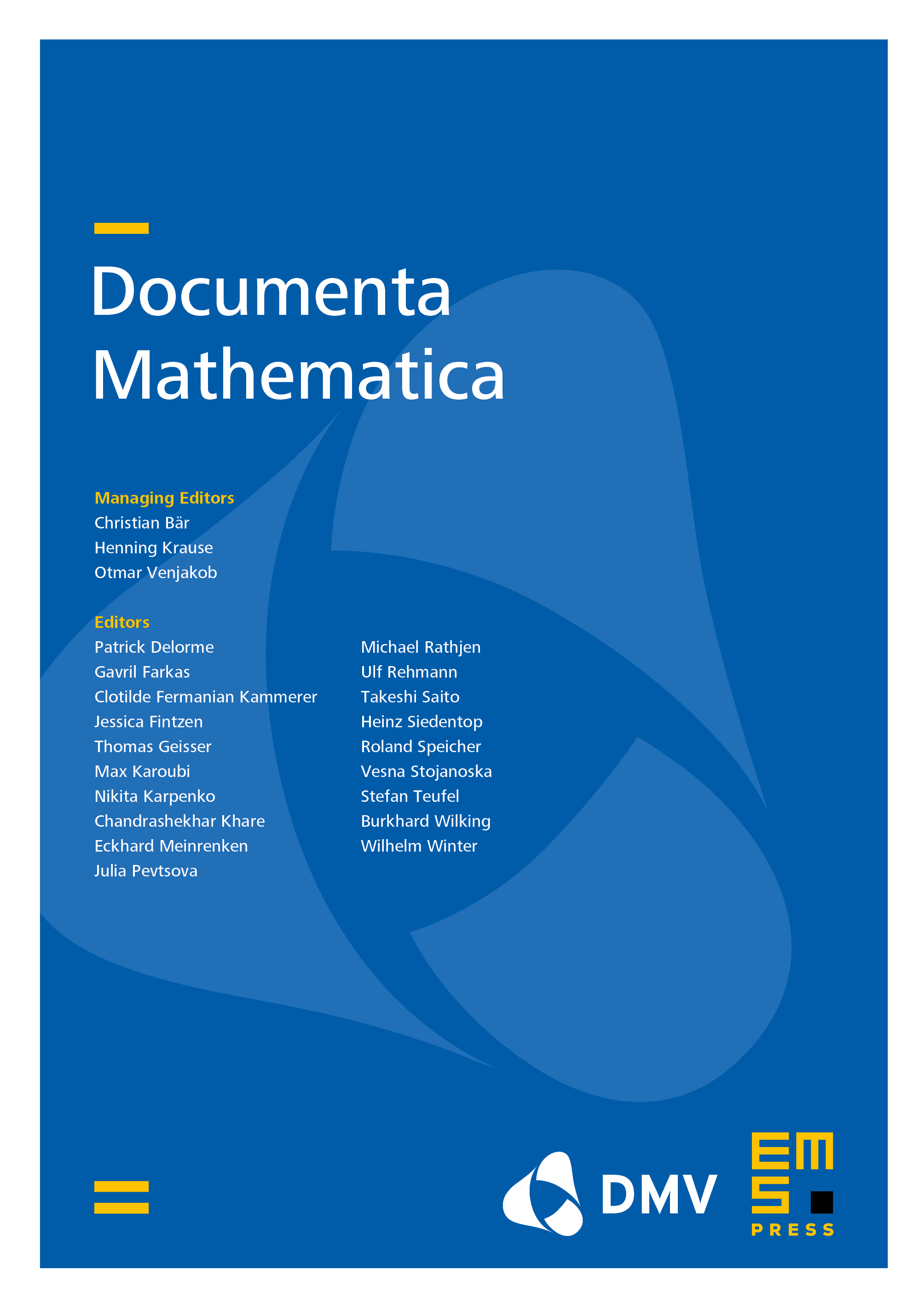Second-countable spaces and Reverse Mathematics
Sam Sanders
Ruhr University Bochum, Germany

Abstract
Reverse Mathematics (often abbreviated RM) is a program in the foundations of mathematics that seeks to identify the minimal axioms needed to prove theorems of ordinary mathematics. The development of RM generally is based on the rather frugal language of second-order arithmetic, essentially including only variables for natural and real numbers. As a result, higher-order notions have to be ‘coded’ or ‘represented’ indirectly and it is a natural question – at the very heart of RM – whether this coding practise has any influence on the minimal axioms needed to prove certain theorems. In this paper, we investigate this question for basic properties of second-countable spaces, including the Ginsburg–Sands theorem, recently studied in RM. We show that the coding of countable second-countable spaces already has a significant influence, namely shifting the classification of basic statements from ‘provable using arithmetical comprehension’ to ‘inhabits the range of hyperarithmetical analysis’. We also show that basic statements about (countable) second-countable spaces can imply – or are equivalent to – strong axioms, including countable choice, the enumeration principle, and full second-order arithmetic in various guises.
Cite this article
Sam Sanders, Second-countable spaces and Reverse Mathematics. Doc. Math. (2025), published online first
DOI 10.4171/DM/1037